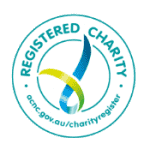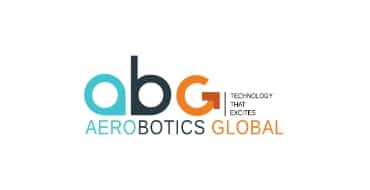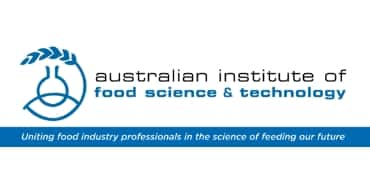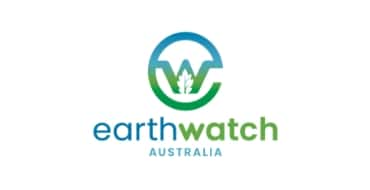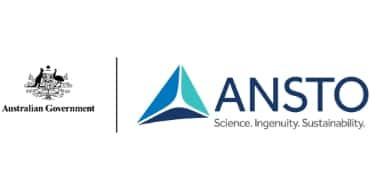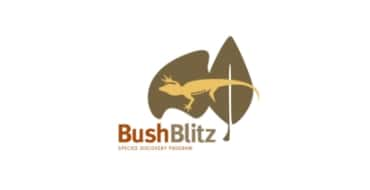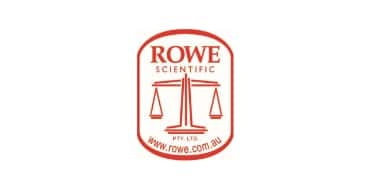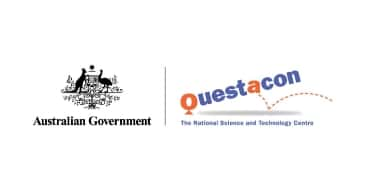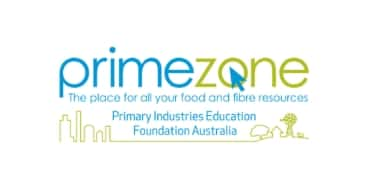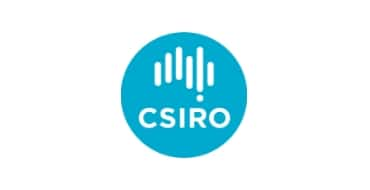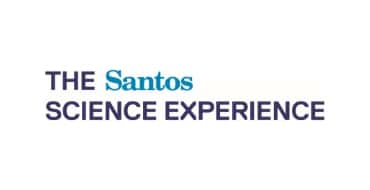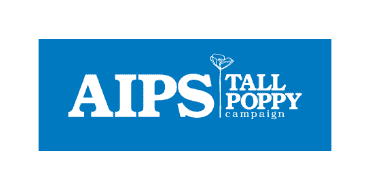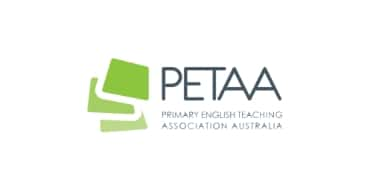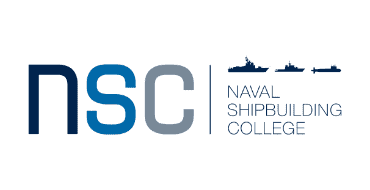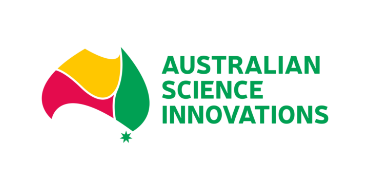
National Science Week 2011 Resources
React to Chemistry
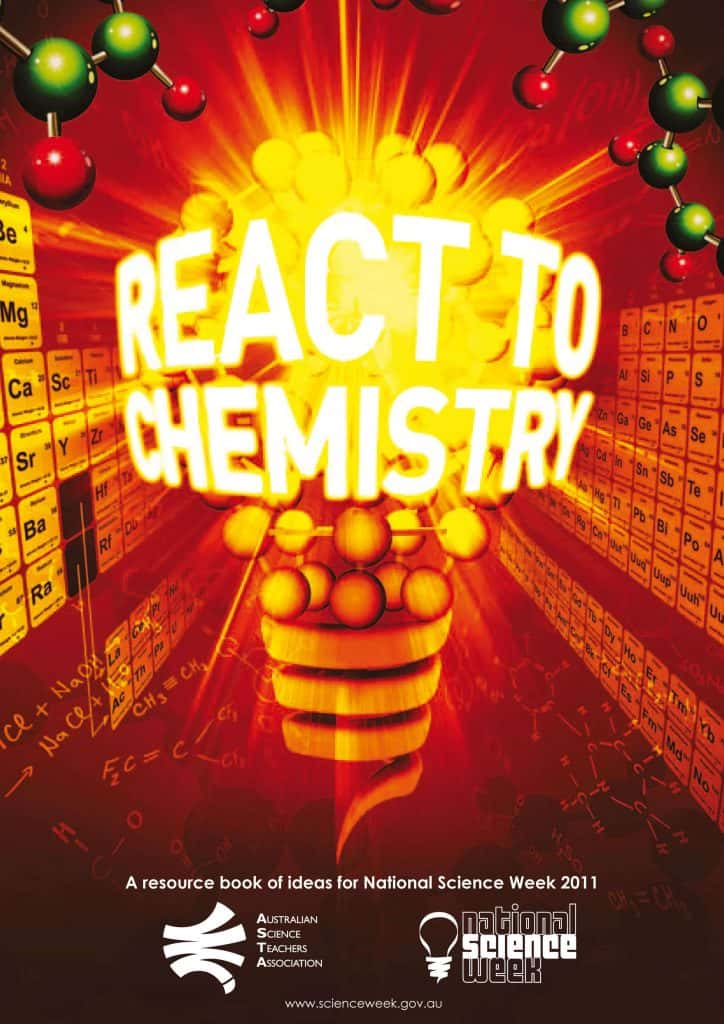
Resource Book Of Ideas
To download a PDF version of the React to Chemistry resource book, click on the button below.
Risk Assessment Template
The risk assessment template (available as a .doc and .pdf by clicking the links below) accompanies the 2011 National Science Week resource book React to Chemistry. (See page 3 in the book for further information.)
Risk Assessment Template word document
Risk Assessment Template PDF
Note : The books are not really suitable for printing as they are full of hyperlinks to digital resources. URLs are not provided in full.
National Science Week 2011 - React to Chemistry
2011 was the International Year of Chemistry, sponsored by the United Nations and driven internationally by the International Union of Pure and Applied Chemistry (IUPAC), which is the international body that establishes agreed nomenclature in all fields of chemistry. The IYC 2011 was a world-wide celebration of the achievements of chemistry and its contributions to the well-being of humankind. The Australian Science Teachers Association chose to celebrate the IYC 2011 with the publication of React to Chemistry, its annual resource book for National Science Week.
The React to Chemistry resource book is designed to provide teachers and community science educators with background information and activities that they can use to increase the knowledge and understanding of the science of chemistry of young Australians. It is not intended to be an exhaustive resource but rather a springboard of ideas to enable educators, either in schools or in community groups, to select aspects of chemistry that may interest them or their charges.
How the book is structured
This booklet is structured to provide opportunities for teachers and students to develop an understanding of the background science of chemistry and the important, positive role it plays in as everyday life, as well as in many of Australia main industries. The first section summarises some of the community events and activities that took place during 2011 to celebrate the International Year of Chemistry, including travelling exhibitions and competitions for all ages. The next section is designed for Early Childhood classes. However, Early Childhood teachers are encouraged to read through some of the later chapters to find other activities that can be adapted for their students.
The applied chemistry section of the book has been divided into five chapters:
- Food Chemistry: looking at chocolate, milk and cheese, vitamins and sausages.
- Green Chemistry: examining a branch of chemistry that aims to find alternative chemicals, conditions and processes to reduce risks to the environment and human health.
- Environmental Chemistry: looking at the chemical interactions between humans and nature.
- Light Chemistry: its important application to areas of science including medicine, industry and environment.
- Materials Science: provided by Bayer MaterialsScience.
The next section of the book is dedicated to the IUPAC IYC2011 Global experiment, an initiative of the IUPAC Committee on Chemistry Education. It was developed to appeal to students from middle primary to senior secondary and to community groups. The activities that make up the experiment will help students appreciate the role of chemistry in issues of water quality and purification.
The final section is a selection of biographies of young Australian chemists who explain their passion for chemistry, where they work and what they do.
Where appropriate, websites have been suggested to enable readers to access further information and activities. All websites were deemed appropriate at the time of publication. It cannot be guaranteed that all websites will continue to be available after publication.
Organisation of the chapters
Each of the chapters written for K-12 teachers includes the following features:
- An introductory page which provides background information on the subject of the chapter.
- A series of topics of carrying length, each of which can be used independently of other topics.
Each topic consists of:
1. Background information about the header topic. This information contains the background science knowledge and understandings relevant to the topic.
2. Teaching and learning activities. Activities are generally provided across four groups:
- lower primary (Years F-2)
- primary (Years 3-5)
- middle school (Years 6-9)
- upper secondary (Years 10-12)
Not all groups are catered for in every set of teaching activities, so teachers are encouraged to read across all the activities for ideas that are appropriate to, or could be adapted for, their own students specific talents, interests and levelsof conceptual development.
Links to the Australian Curriculum - Science
React to Chemistry was developed to have broad links to the Australian Curriculum : Science. Topics covered align with the Chemical Sciences sub-strand of Science Understanding across all years F-12, and with many of the sub-strands in both Science as a Human Endeavour and Science Enquiry Skills. The resource book is not intended to be a comprehensive resource for the chemical sciences sub-strand nor is it a curriculum document. As a result, so some strands are not covered fully allowing teachers to explore other aspects of chemical science.
Our Partners
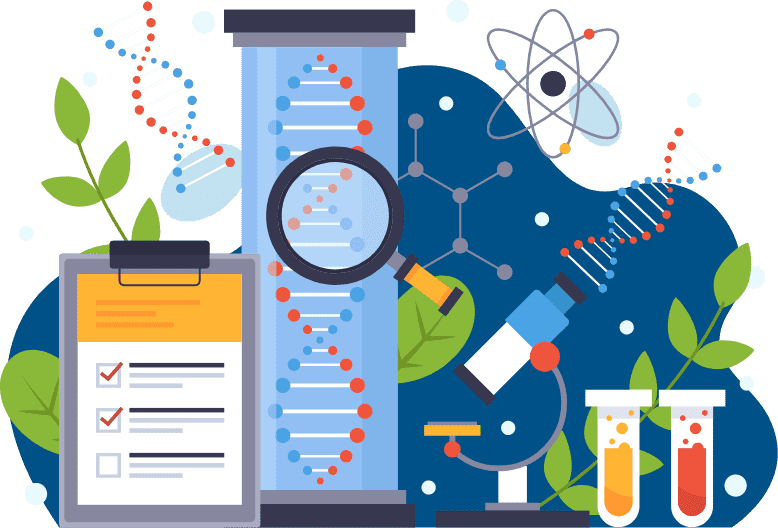
The Australian Science Teachers Association acknowledges the First Nations peoples of Australia as the Traditional Custodians of the land on which we work and live. We pay our respect to Elders past, present and future and extend that respect to all Aboriginal and Torres Strait Islander peoples.
